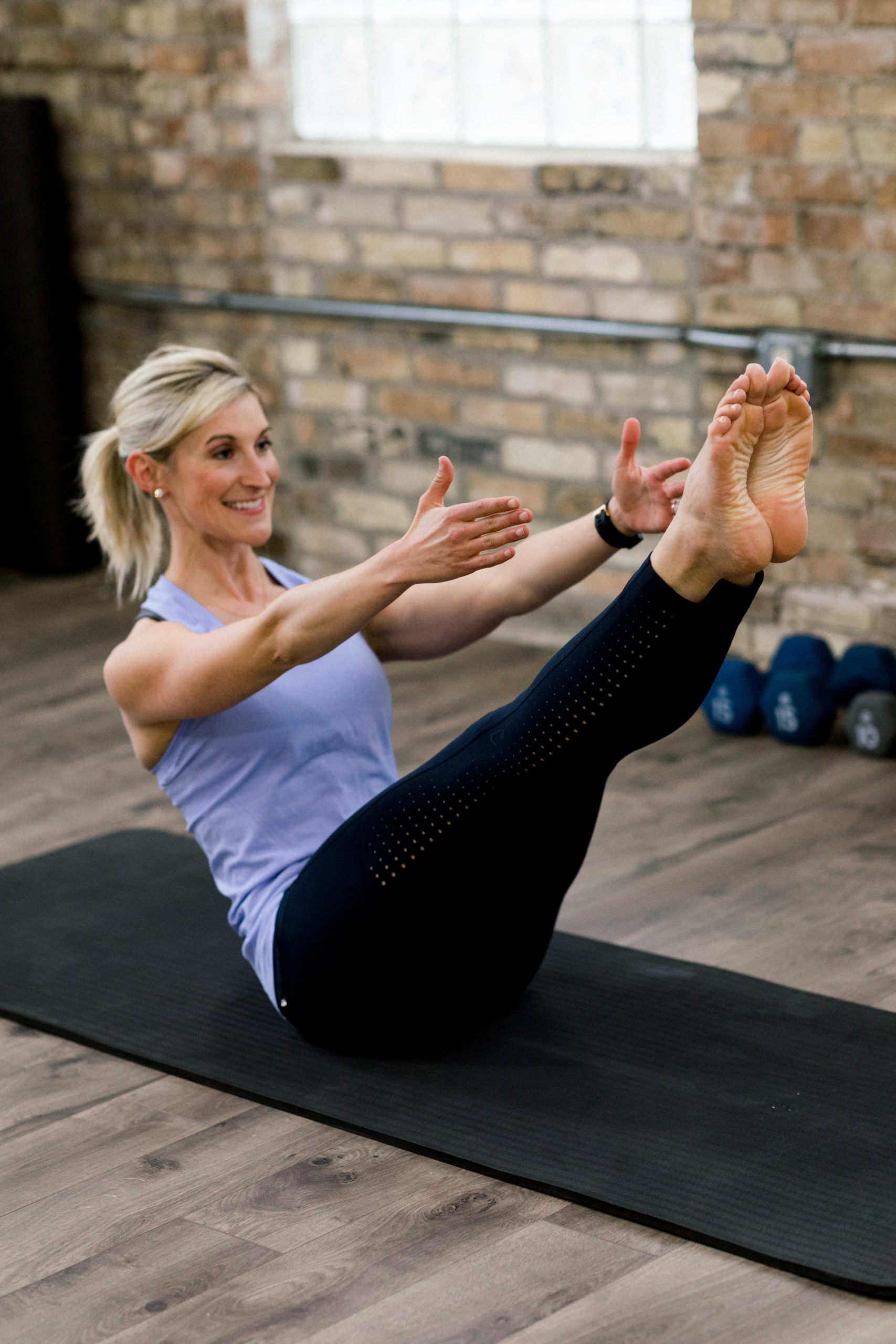Ever feel like you are doing ALL THE THINGS to try and strengthen your core, with little success? We are here to let you in on a little secret. This is probably because you are using the wrong muscles! Download our FREE GUIDE to learn more about optimizing your REAL core system!
Strong Abdominals = Strong Core
WRONG!
Your core is actually NOT your abdominals and your abdominals are NOT your core.
Stop and read that previous statement one more time for me.
You heard that right! If you have been under the impression that if you strengthen your abdominals, you will automatically have a strong core, you have been incorrectly informed. Your abdominal muscles such as your obliques and rectus abdominis (hello 6 pack!), are important for bending and moving the spine and trunk. They’re used for common daily tasks, such as sitting up in bed, standing up from a chair, or bending over to tie your shoes. Your abdominal muscles are located on the outside of the body. You can see and feel them with your hands and they look pretty in a swim suit. But they provide ZERO indication as to whether you have a strong core or not.
The core is located much deeper, underneath the abdominal muscles and directly surrounding your organs. You cannot see or feel your core muscles from the outside of the body.
So, what is your REAL Core?
Your core system is actually a group of 4 specific muscles that work together in a coordinated manner to create strength, stability and upright posture for your body. These muscles are arranged in a cylindrical shape (think of a carbonated water can) and help control pressure inside your abdomen. Intra-abdominal pressure naturally rises and falls depending on the amount of energy you exert on the body and the positions you put yourself in. It is the core’s job to regulate this pressure so it doesn’t get too high or too low.
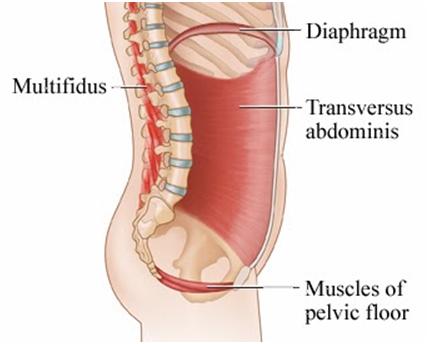
The 4 Muscles of the Core System:
1. Diaphragm
Diaphragm. This dome shaped muscle makes up the TOP of the core (or cylinder). Located underneath your rib cage and breast bone. Assists with quality breathing and pressure control.
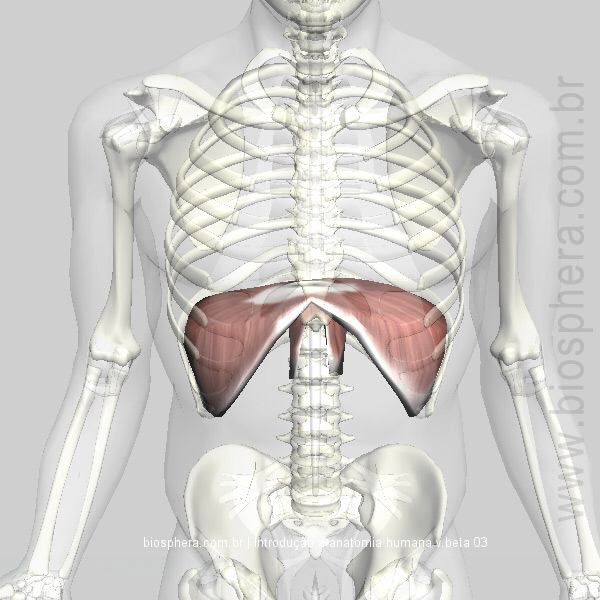
2. Pelvic Floor
Pelvic Floor. Yes, you heard it right! The pelvic floor is part of the core system. It makes up the BOTTOM of the core and assists with controlling bowel, bladder and sexual function, as well as stability for the pelvis, support for your organs and “insides,” and with pressure control.

3. Transverse Abdominis
Transverse Abdominis. Commonly called the “TA” for short. This large muscle looks and acts very much like a back brace. Wraps around the front and sides of the body, harnessing everything inward and helping you stand up upright. This is the one and only abdominal muscle that constitutes as a core muscle. It narrows your waistline and lengthens the spine. Super important for posture!
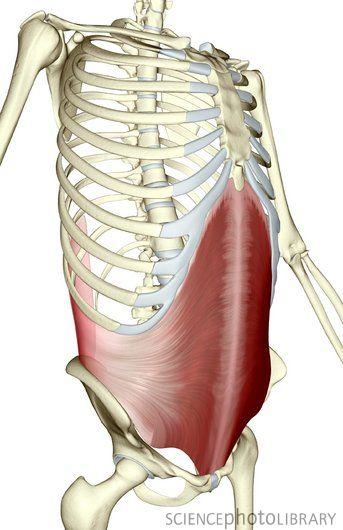
Multifidus
Multifidus. These little muscles connect directly to your vertebrae and run all the way up the spine. The muscles are small and deep so you cannot feel or see them from the outside. Assist with spinal stability and posture.
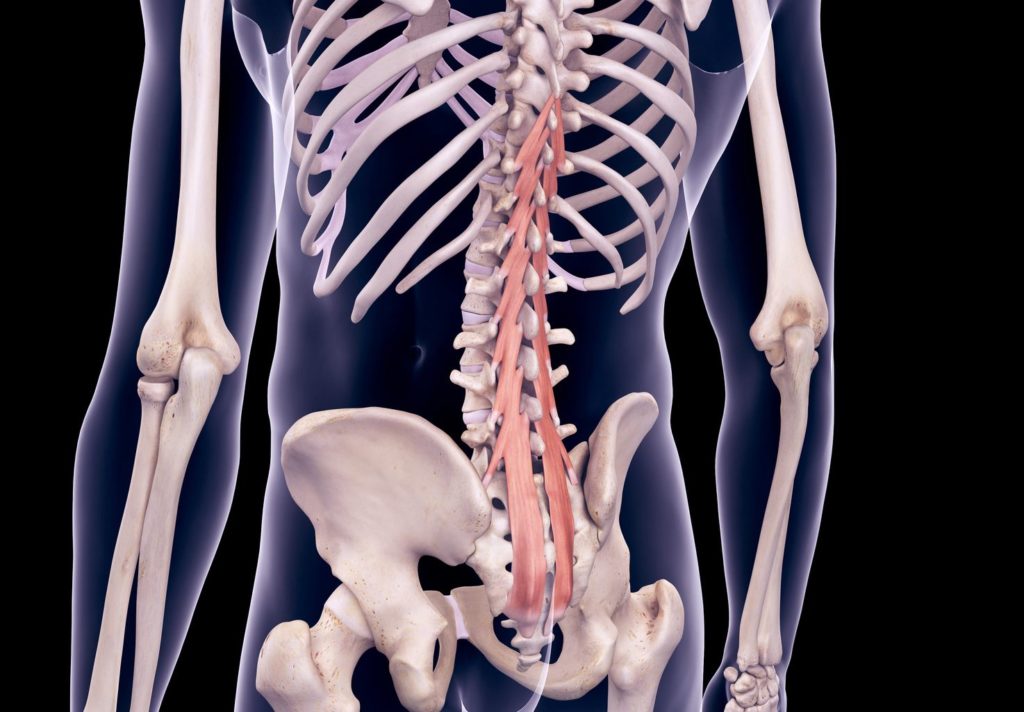
In Summary
None of these muscles can function on their own to create optimal core strength. They have to function TOGETHER in a coordinated manner. This is why proper core strengthening can be challenging until you better understand this system and how it works in your OWN body.
How Do I Strengthen My REAL Core?
A customized assessment and program can be most beneficial. Every single body is different in how it learns to activate and strengthen. Every single body needs something different! However, here are a few helpful suggestions that help most people. This is a great place to start! Check out our YouTube videos.
Have questions about how you can better your own personal core strength? Work with one of our Women’s Health Physical Therapists and core strengthening experts! Schedule your FREE DISCOVERY CALL today, to learn more!
